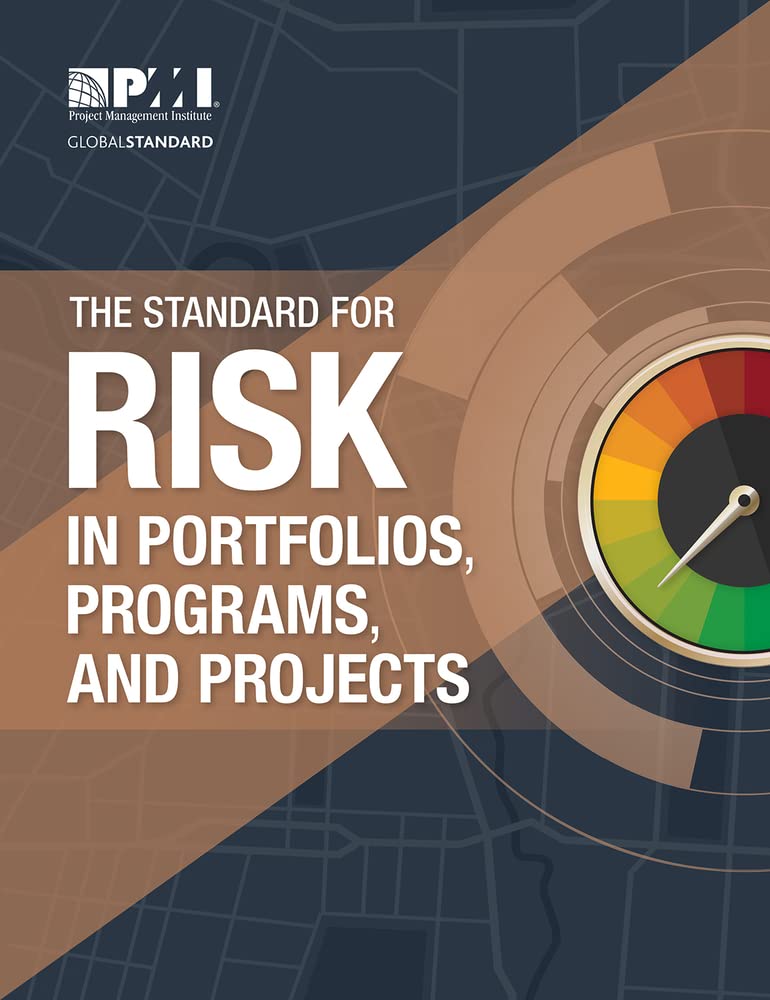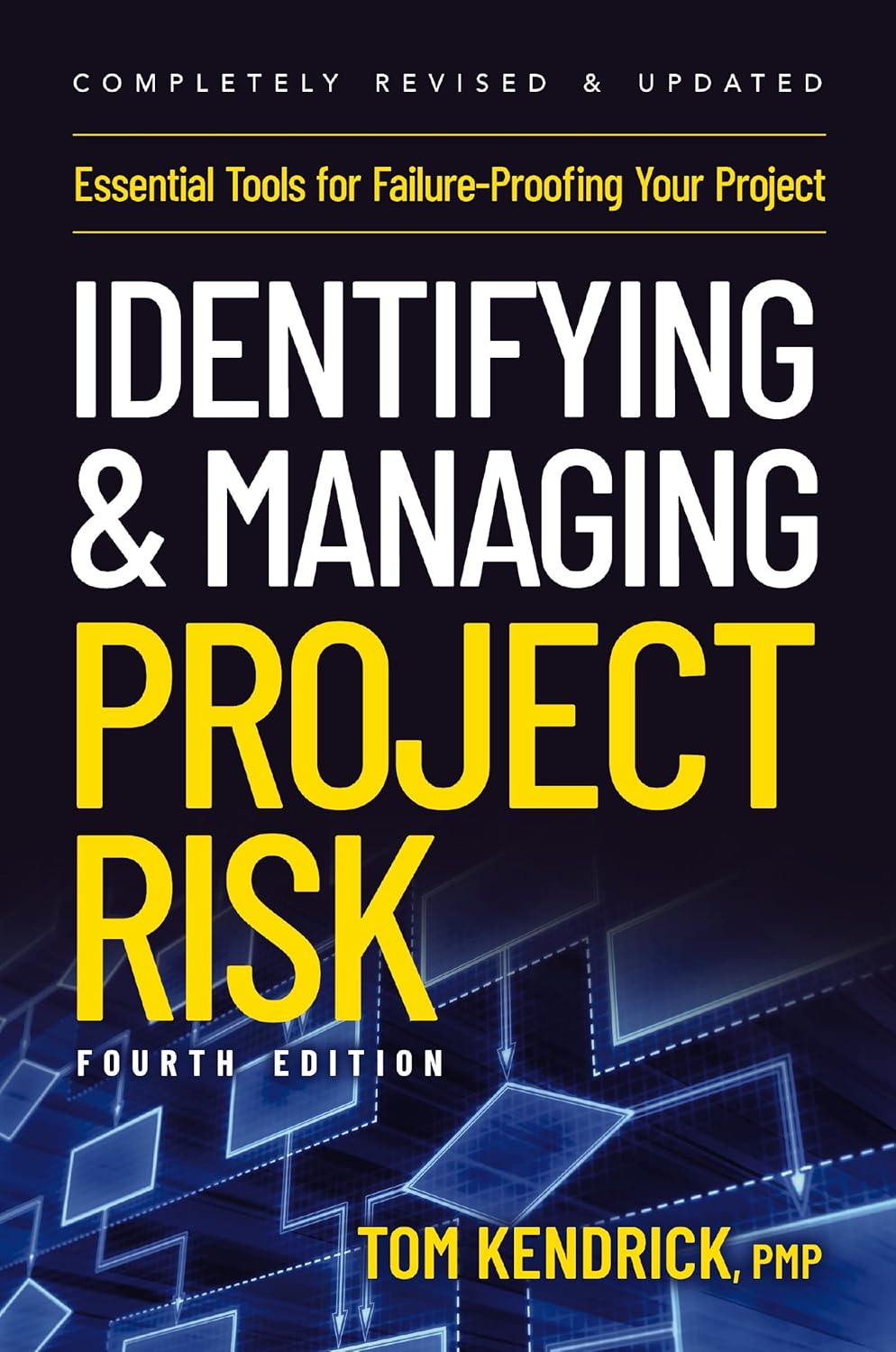
Risk
What is Risk?
In project management, risk refers to the possibility of an event or condition occurring that could positively or negatively impact a project’s objectives. These objectives may relate to time, cost, scope, or quality. Risk involves uncertainty and the potential for change, which can arise from internal or external sources. Managing it requires identifying, assessing, and developing strategies to respond to potential issues before they affect project outcomes. While some can lead to opportunities, most require careful planning to avoid negative consequences.
Key Points
- It includes both threats to the project and opportunities that could improve outcomes.
- They are uncertain events that might or might not happen during the project.
- A structured process helps teams prepare for and respond to challenges.
- It can be internal (like staffing shortages) or external (such as regulatory changes).
- Each identified issue should have a response plan, such as avoiding, mitigating, transferring, or accepting the risk.
- Projects often use a register to track potential risks, their likelihood, impact, and response strategies.
- Early identification and ongoing monitoring are crucial to reduce negative impacts.
Related Terms
- The risk register is a key document that records identified risks, their severity, and planned responses.
- A risk assessment helps evaluate the probability and impact of each potential issue.
- Contingency planning prepares teams for unexpected developments by outlining backup actions.
- The risk owner is the person responsible for monitoring and managing a specific item.
- Risk mitigation refers to the actions taken to reduce the likelihood or impact of a risk.
Risk: Example
A construction project may face the threat of severe weather delaying work. During planning, the team identified this as a high-probability risk with significant impact. The team adjusted the schedule to include buffer time and arranged alternative work for indoor tasks to address this. This proactive approach allows the team to continue progressing even if outdoor work is interrupted.
Risk: Best Practices
- Involve team members and stakeholders when identifying potential issues early in the project.
- Use tools such as SWOT analysis and brainstorming sessions to uncover hidden problems.
- Keep the register current and review it at regular intervals or significant milestones.
- Assign clear ownership of each one to ensure accountability and a timely response.
- Evaluate the effectiveness of responses and adjust strategies based on new information.
Additional Resources
Preparing for a PMI certification?
- Exam Prep Courses: PMP®, CAPM®, and PMI-ACP®
- Exam Simulators: PMP®, CAPM®, PMI-ACP®, PMI-PBA®, PMI-RMP®, PMI-SP®, PgMP®, and PfMP®
- Professional Development Units (PDUs): 15, 30, and 60 PDU Bundles




